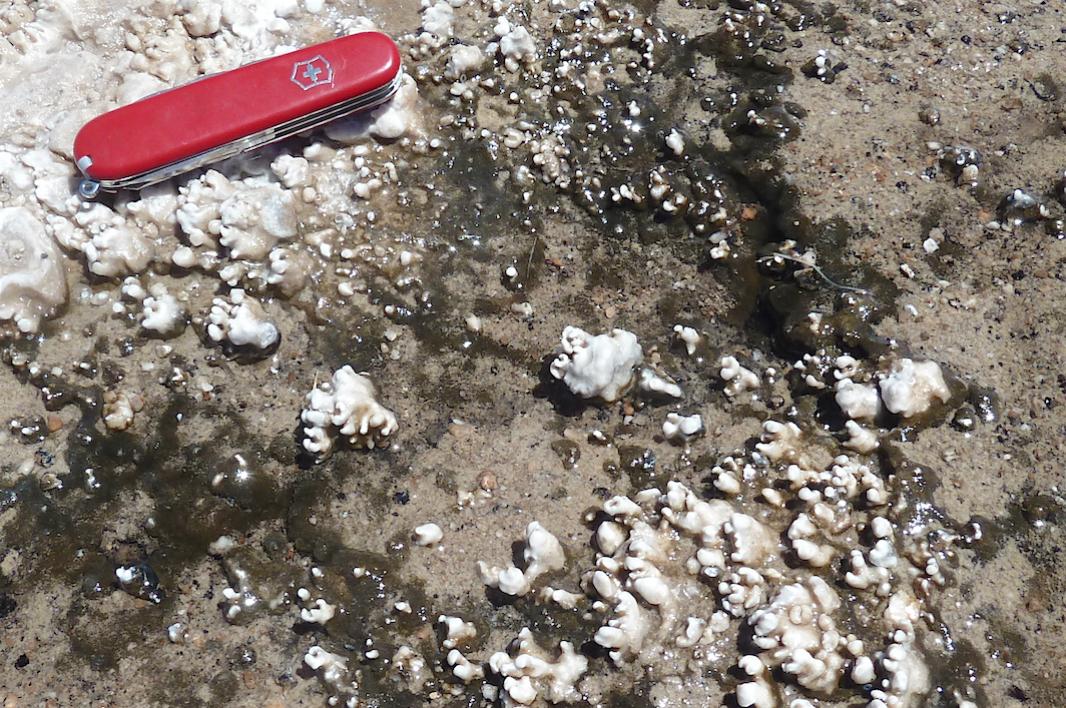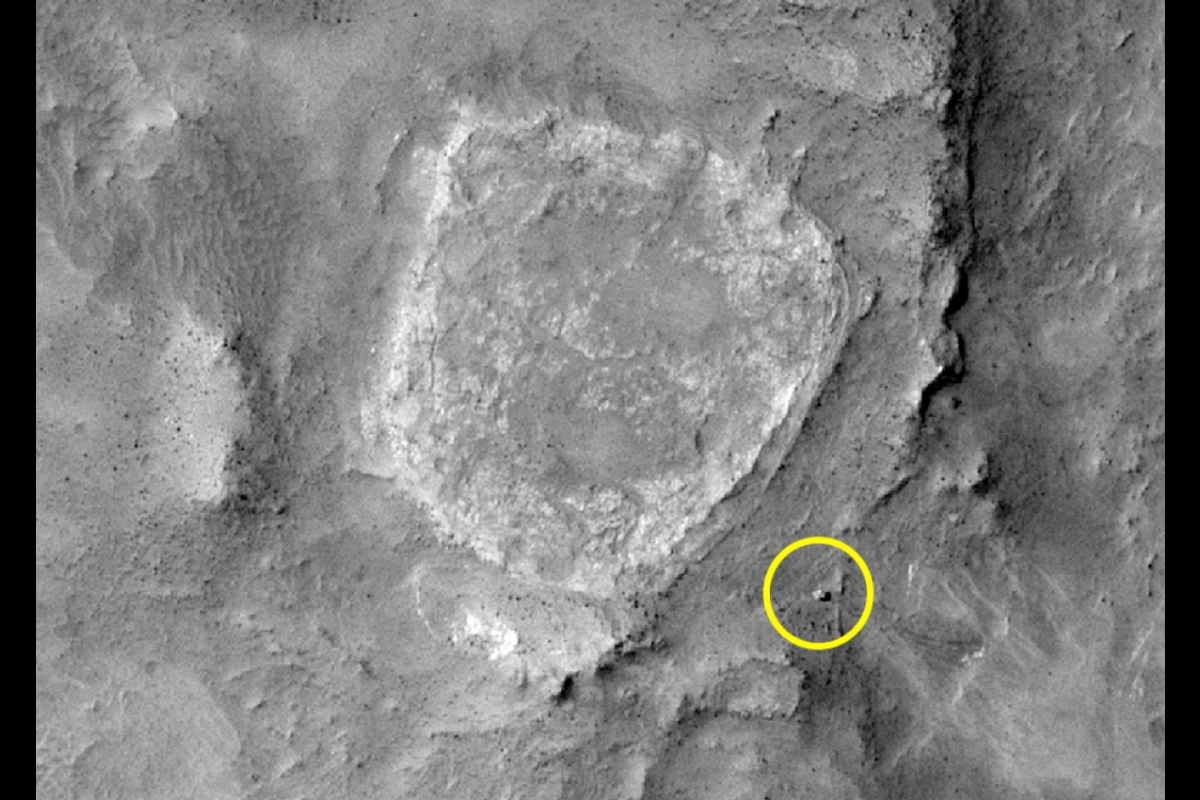"We went to El Tatio looking for comparisons with the features found by Spirit at Home Plate," said Ruff. "Our results show that the conditions at El Tatio produce silica deposits with characteristics that are among the most Mars-like of any silica deposits on Earth."
These characteristics compare favorably with the Martian Home Plate silica outcrops, Ruff explained. "The fact that microbes play a role in producing the distinctive silica structures at El Tatio raises the possibility that the Martian silica structures formed in a comparable manner — in other words with the help of organisms that were alive at the time."
Next rover
NASA has plans to send a new rover to Mars in 2020. The yet-unnamed rover will be similar in size and power to the Curiosity rover, currently exploring Gale Crater. But the new rover will have more advanced instruments and the ability to collect and cache samples for later retrieval.
So where should the 2020 rover go?
As NASA did with Curiosity, it has held a series of workshops over several years, where Mars scientists present their best case for one landing site or another. At the end of each workshop, candidate sites are ranked according to their fitness in regard to certain qualities. These include geological setting, potential for preserving biosignatures, and quality of returned samples.
Currently the Columbia Hills/Home Plate site in Gusev Crater stands No. 2 on the list of eight candidates. It's second only to an ancient lakebed in Jezero Crater on the northwest edge of Isidis Planitia, an old impact basin. The next site selection workshop is scheduled for February 2017, with plans to cut the list down to a "Final Four."
Although returning to Gusev's Columbia Hills and Home Plate would rule out exploring a completely new area of Mars — which many scientists would like to do — Ruff and Farmer are hopeful that the site's chances are quite good.
"This is a known hydrothermal deposit," said Ruff. "We know exactly where to land and where to go collect samples. And the silica structures found by Spirit meet the definition of a potential biosignature."
Quelle: ASU New American University




